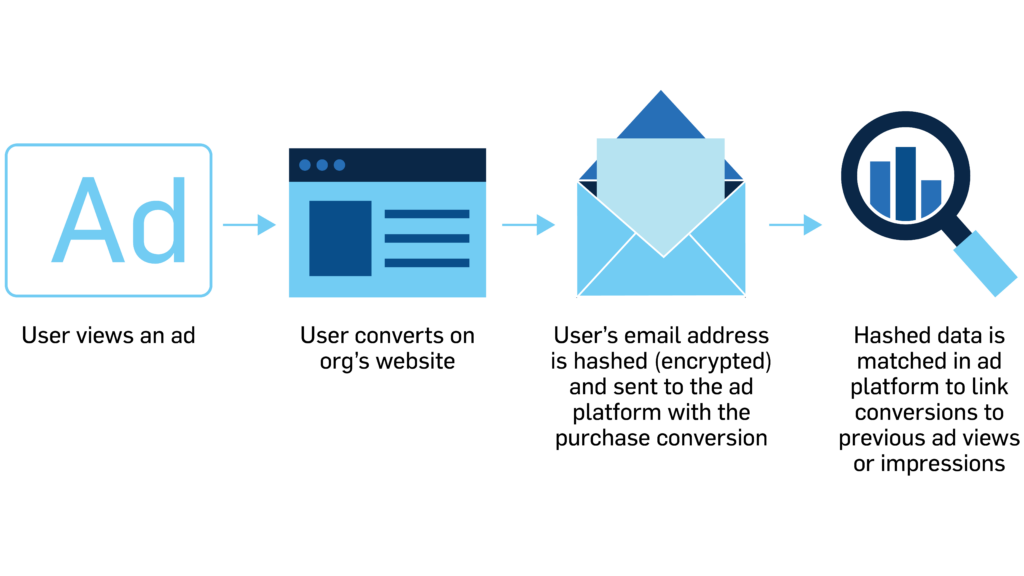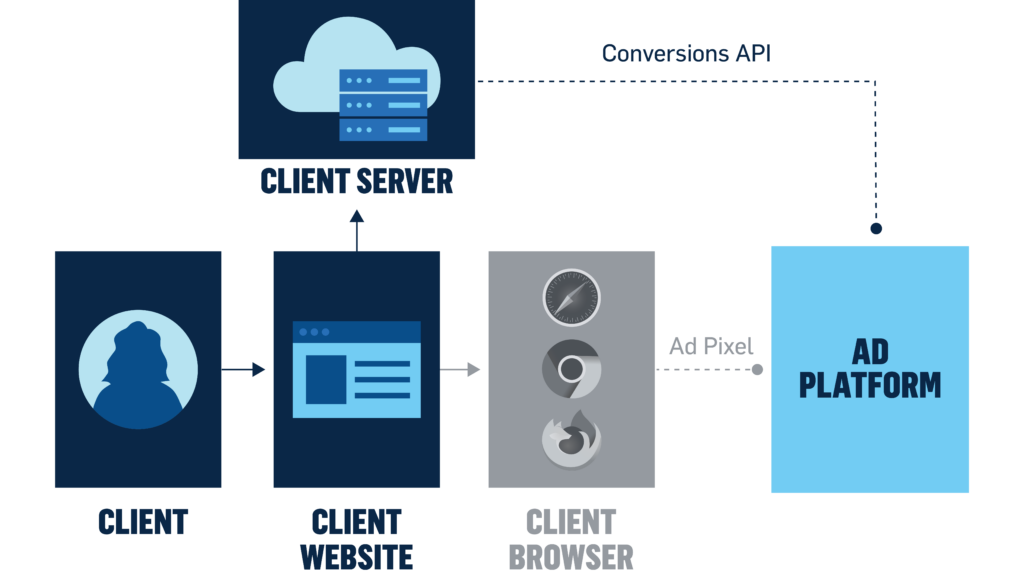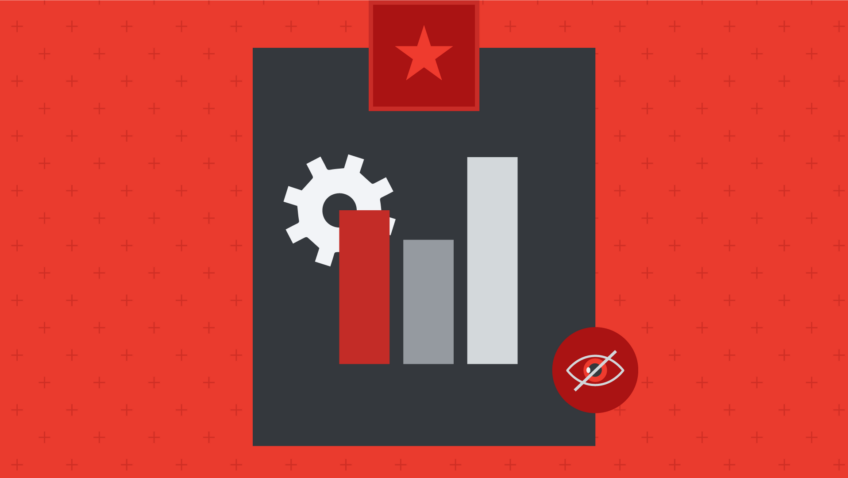Third-Party Cookies Aren’t Entirely* Going Away: What Does That Mean For You?
*This blog post was originally published on May 2, 2024 with the title “Third Party Cookies Are Going Away: What Does this mean for you?” It was updated on July 30.
7/30/24 UPDATE:
Google recently announced it won’t be deprecating third-party cookies—what a roller coaster! While much is still unknown, we know most other browsers (responsible for 30-50% of traffic) already limit the efficacy of third-party cookies. And we know that Google will still need to offer users some protection from digital tracking. Some are speculating it may look more like Apple’s App Tracking Transparency update from 2021 where apps had to display a notification to users asking them to opt in to tracking.
For these reasons, although the cookie is not crumbling entirely, the digital ecosystem is still undergoing dramatic changes and evolution will be necessary to maintain useful and representative measurement.
WHY THIS MATTERS
Third-party cookies have been how advertising platforms such as Meta and Google have gathered data from sites across the internet—including your own—to retarget website visitors and report on campaign success by tracking conversions.
The way platforms get data for audience targeting and conversion tracking is about to change.
Your infrastructure needs a tune-up to keep up with these changes.
WHAT IS CHANGING IN ADVERTISING PLATFORMS?
For Meta and Google to continue successfully targeting new and existing audiences, the platforms still need to receive customer behavioral data while respecting user privacy. Instead of browser-reliant pixels and third-party cookies, Meta and Google are moving towards first-party data and other strategies to retain measurement. Not only is this data critical for measuring and attributing conversions to campaigns, it also informs all the algorithms that make these platforms so powerful. The ability to drive dynamic bidding, inform delivery and targeting, and support dynamic creative to ensure we reach the right audience at the right time hinges on this data being available.
It’s undeniable: Digital measurement is getting more nuanced and more technical. We’re about to jump into the weeds, but stick with us—you’ll be glad you did!









